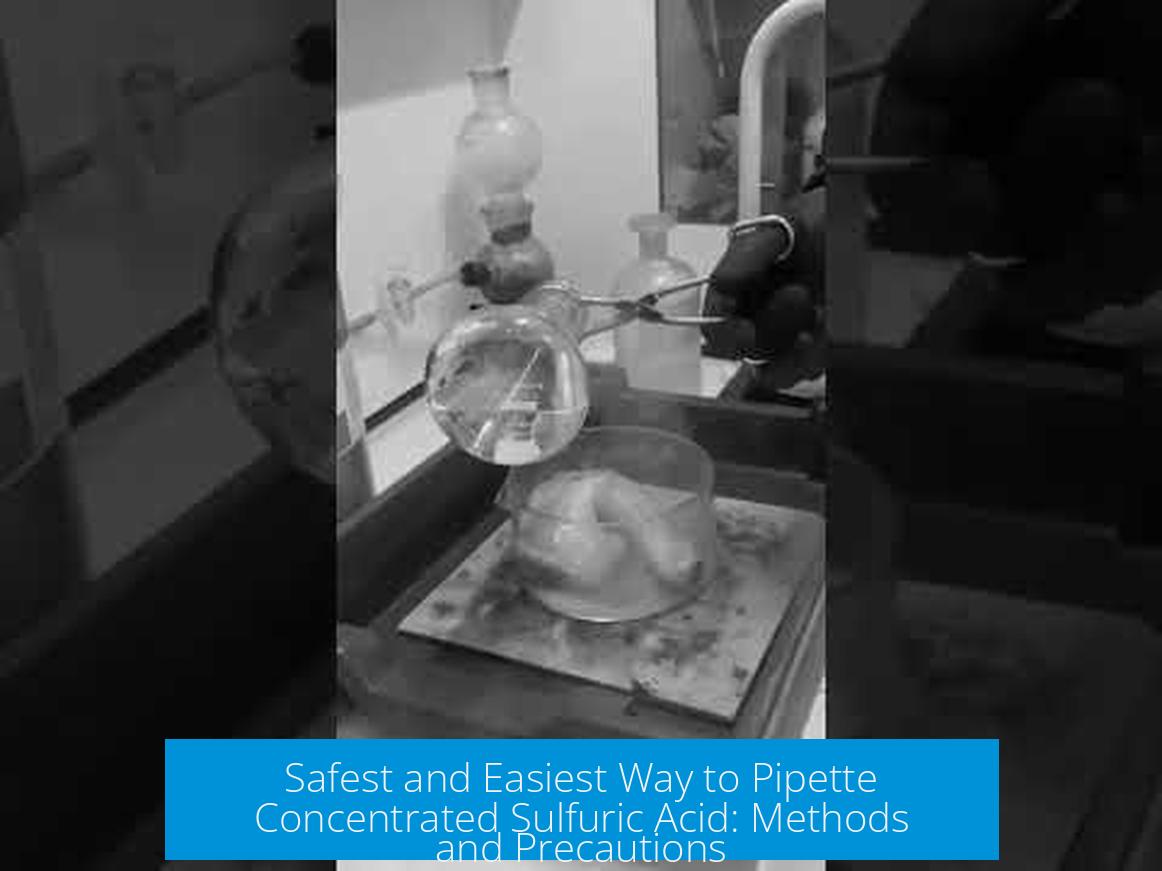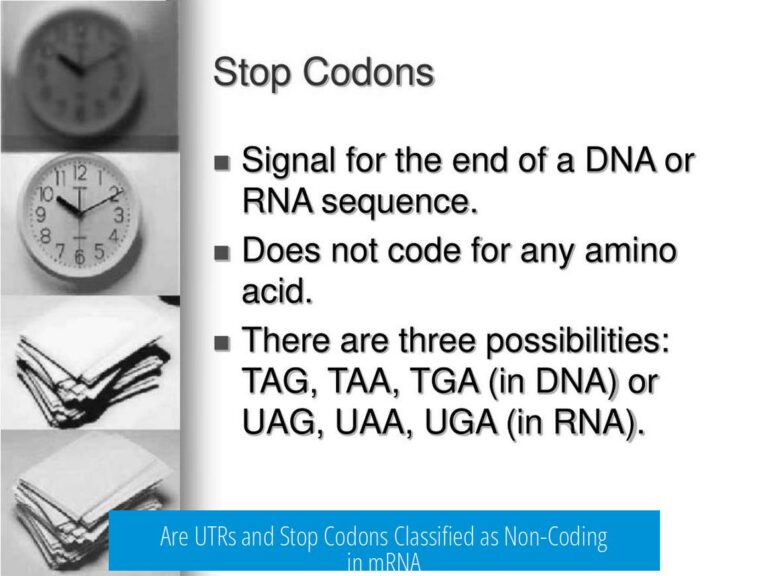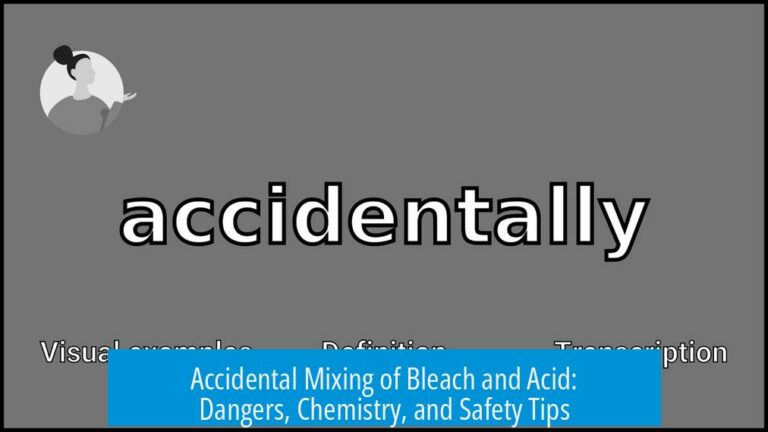Safest and Easiest Way to Pipette Concentrated Sulfuric Acid

The safest and easiest way to pipette concentrated sulfuric acid is to first transfer a small amount of acid into a smaller, properly labeled container that fits the pipette, then use specialized dispensing equipment or Class AS glass pipettes while observing strict safety precautions such as working behind a fume hood or wearing a face shield.
Transfer to a Smaller Container
Handling concentrated sulfuric acid directly from large reagent bottles is risky and often impractical. Transferring some acid into a smaller glass bottle with a secure stopper allows easier, controlled pipetting. This approach minimizes the risk of accidental spills and exposure.
- Use a smaller container compatible with the pipette size.
- Label the container clearly as sulfuric acid.
- Replenish the smaller bottle periodically from the main stock under proper supervision.
Specialized Dispensing Equipment
Using volumetric dispensers like the Dispensette III enhances accuracy and speed. These devices dispense precise volumes consistently, reducing direct handling risks.
- Calibrate the dispenser before use.
- Operate it behind a fume hood sash or wear a face shield to protect from splashes under pressure.
- Alternatively, a Class AS glass pipette with a pipette filler provides reliable volume measurement if dispensing devices are unavailable.
Safety Precautions
Concentrated sulfuric acid is highly corrosive and exothermic when mixed with water. Key safety measures include:
- Use personal protective equipment (PPE): gloves, lab coat, goggles, and face shields.
- Perform all procedures in a well-ventilated fume hood.
- Pour acid slowly into water if dilution is necessary, never the reverse.
Alternative Methods and Best Practices
If a pipette does not fit properly or dispensing from small containers is still difficult, consider weighing the acid directly or using long pipettes or pumps. These approaches can reduce direct contact but may reduce ease or speed.
Dispense acid in small amounts (e.g., under 20 mL) to avoid waste and minimize hazardous leftovers.
Key Takeaways
- Transfer sulfuric acid to a smaller, labeled bottle to ease pipetting.
- Use specialized dispensers or calibrated glass pipettes for accuracy.
- Always work behind a fume hood and use appropriate PPE.
- Dispense small volumes to limit waste and hazards.
- Consider alternative methods such as weighing the acid if pipetting is impractical.
What is the safest way to pipette concentrated sulfuric acid from a large bottle?
Transfer some acid into a smaller, labeled glass bottle that fits your pipette. Use this smaller container as a working supply to avoid pipetting directly from the large reagent bottle.
Can I use specialized equipment to pipette concentrated sulfuric acid safely?
Yes. Using a dispenser like the BrandTech Dispensette III behind a fume hood or with a face shield improves safety and accuracy. Always calibrate your dispenser before use.
Why should I avoid pipetting directly from the original sulfuric acid bottle?
Direct pipetting risks spills and contamination. Smaller secondary containers reduce handling risks and help maintain lab safety by limiting acid exposure during transfers.
Are there alternative methods to pipetting for measuring sulfuric acid?
Using a long pipette or weighing the acid is possible but often less practical. Dispensing small amounts into a beaker may be simpler and reduce waste.
What safety precautions should I follow when pipetting concentrated sulfuric acid?
Work behind a fume hood or wear a face shield. Avoid pressure buildup in dispensers to prevent acid sprays. Always handle with care to protect your eyes and skin.





Leave a Comment